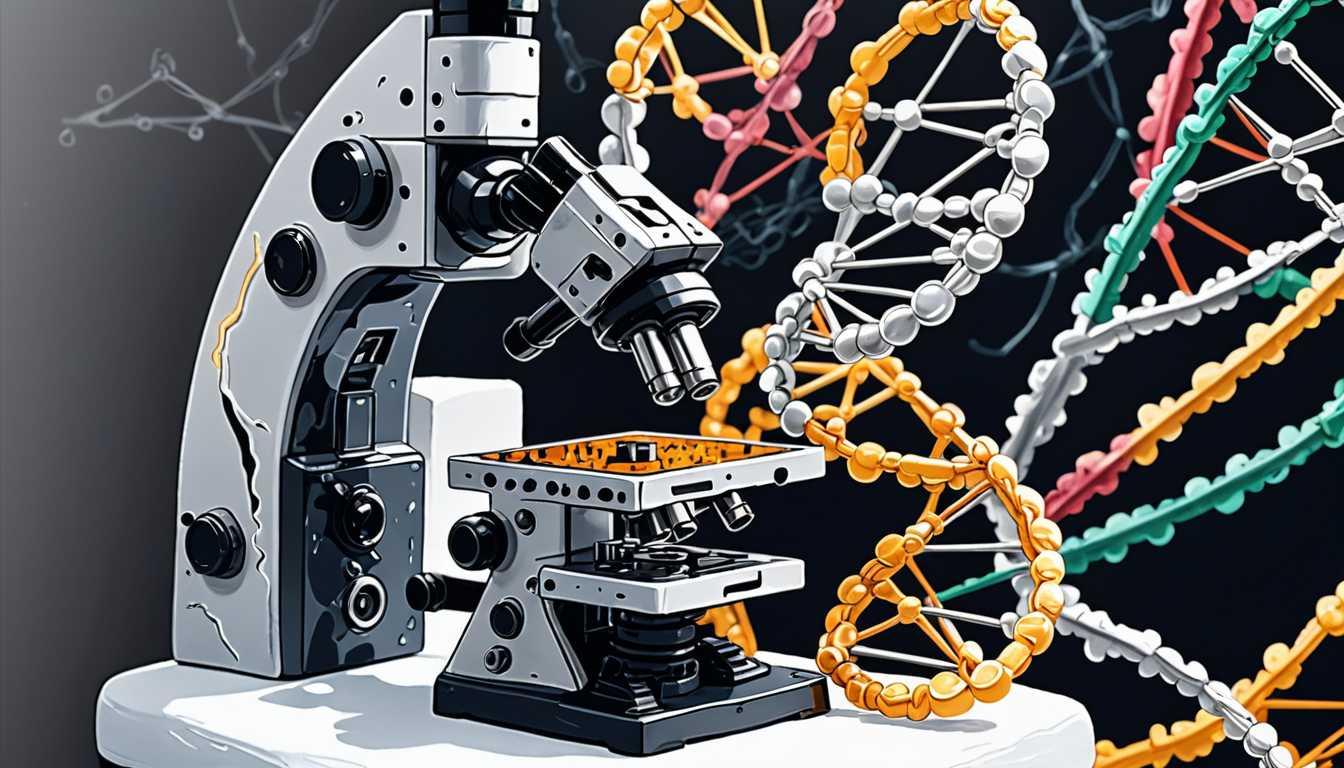Hair Follicles: Scars' Unexpected Healers
January 2023
Imperial College London
Introduction
Imagine turning scars into almost brand-new skin with just a few hair follicles! Researchers at Imperial College London have cracked a code in scar treatment that sounds like something out of a sci-fi novel. By transplanting hair follicles into scarred skin, they've seen scars begin to act like their unscarred counterparts—regaining cells, blood vessels, and even changing their genetic tunes. This groundbreaking study not only promises a new dawn for those with visible scars but also hints at future treatments for internal scarring. Dive into this fascinating research and see how a bit of hair can make a big difference!
READ FULL ARTICLEWhy It Matters
Discover how this topic shapes your world and future
Healing Beyond the Surface
Imagine having a scar that doesn't just fade away but transforms back into skin so healthy, it's like the injury never happened. That's not a snippet from a sci-fi novel but a real possibility, thanks to groundbreaking research from Imperial College London. By transplanting hair follicles into scars, scientists have started turning scarred, lifeless skin into vibrant, functional tissue again. This isn't just about looking good; it's about feeling good, inside and out. Scars can affect how our organs work, how we move, and how we perceive ourselves. So, understanding and potentially reversing scarring can change lives globally, from improving organ function to boosting confidence. For you, this could mean a future where the marks of past injuries don't dictate your skin's story.
Speak like a Scholar
Regenerative medicine
A branch of medicine focused on repairing, replacing, regenerating, or improving the function of tissues or organs.
Collagen remodeling
The process by which the structure of collagen, a key protein in connective tissue, is altered, affecting tissue stiffness and function.
Gene expression
How information from a gene is used in the synthesis of a functional gene product, like proteins, that determine cellular structure and control cell function.
Normotrophic scars
A type of scar that forms level with the skin, typically after surgery, which doesn't cause a significant change in tissue elevation.
Biopsy
A medical test involving the extraction of sample cells or tissues for examination to understand disease presence or the condition of tissues.
Dermis
The thick layer of living tissue below the epidermis that forms the true skin, containing blood capillaries, nerve endings, sweat glands, hair follicles, and other structures.
Independent Research Ideas
Comparative study of scar healing processes in different skin types
Investigate how various skin types respond to hair follicle transplantation and identify any unique healing patterns or challenges.
Psychological impact of scar rejuvenation therapies
Explore how improving the physical appearance of scars with new therapies affects mental health, self-esteem, and social interactions.
The role of collagen in skin elasticity and scar formation
Delve into the molecular structure of collagen and its impact on skin elasticity, exploring how alterations in collagen structure can reduce scar formation.
Gene expression changes post hair follicle transplantation
Examine the specific genes that change expression following transplantation and their roles in skin health, healing, and disease prevention.
Application of hair follicle transplants in organ scar treatment
Investigate the potential for using hair follicle transplantation techniques to treat scarring in vital organs, such as the heart or liver, looking at both the challenges and possibilities.
Related Articles

RECOVERY Trial: Saving Lives, Shaping Futures
March 2022
The Recovery Trial

Gene Mutations: Unraveling Cellular Secrets
May 2024
Cornell News Highlights

Alyssa's Triumph: Pioneering Leukaemia Treatment
December 2022
University College London

Ferrocalm: Gut Relief Revolution
March 2023
University of Bristol

Bacteria in Armor: Antibiotic Game Changer
November 2022
University of Oxford